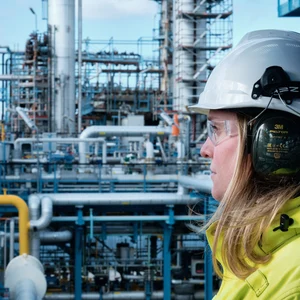Stories

Developing St1 App with a customer-centric approach

St1 secures agreement for infrastructure in major CO2 capture and storage project
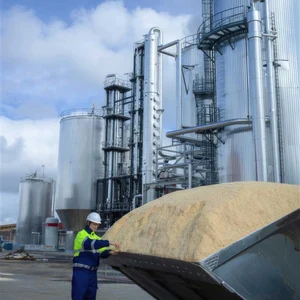
The dismantling of St1’s bioethanol production plant has begun – lessons applied to new projects
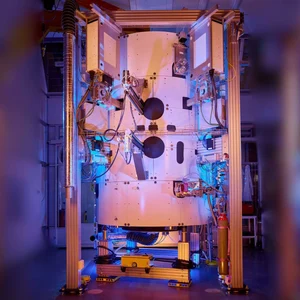
Driving progress through collaboration
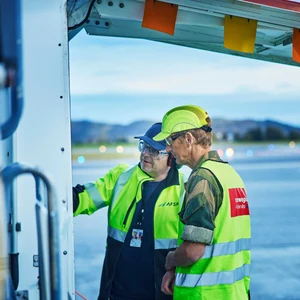
A Year of SAF – welcome aboard

Building our diversity, equity and inclusion journey
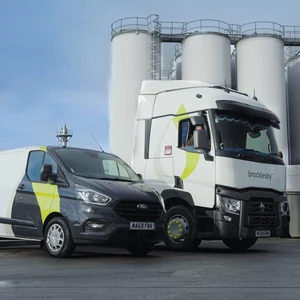
SAMBA: Sustainability traceability software implemented at Brocklesby

Start of Nordic liquified biogas refuelling network for heavy duty

